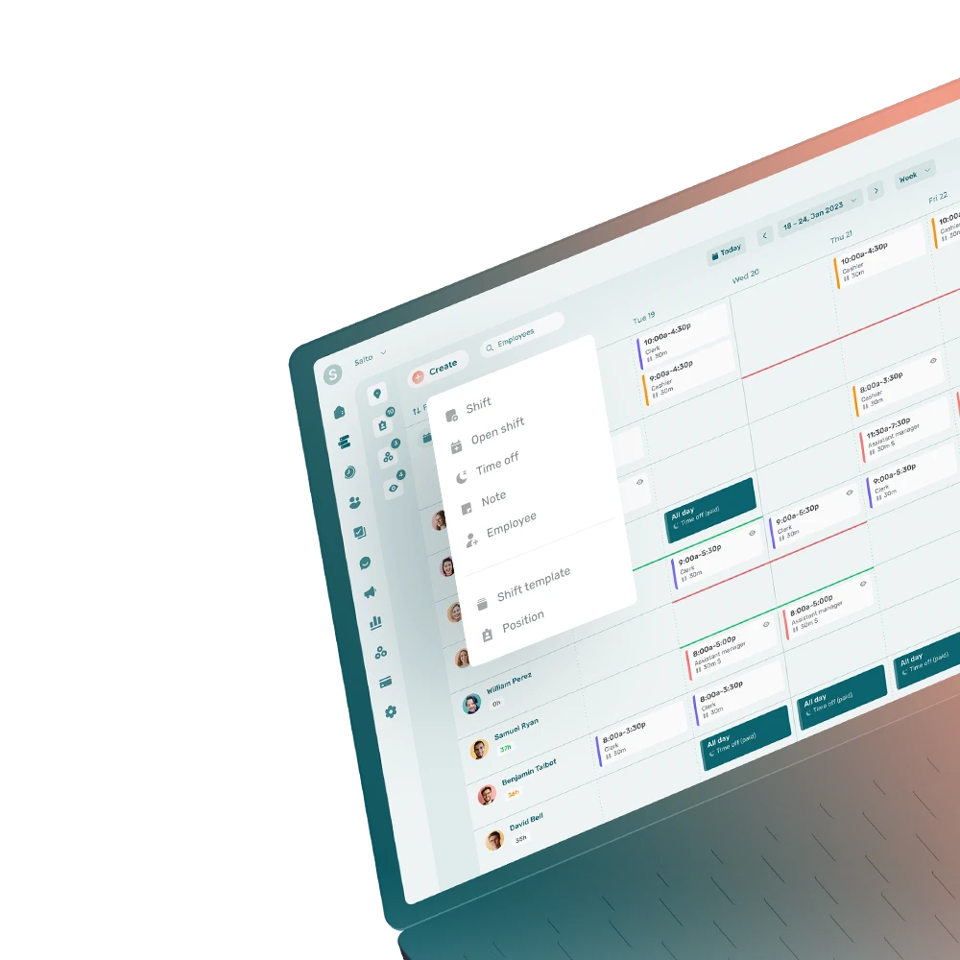Actual deferral percentage (ADP) refers to the percentage of compensation put towards a 401(k) retirement plan by the employees of a company in the United States.
How to Calculate the Actual Deferral Percentage?
To calculate the actual deferral percentage, HR professionals must assess the contribution of each employee depending on whether they are nonhighly or highly compensated employees, as stated by the IRS (Internal Revenue Service).
The formula to calculate the actual deferral percentage based on a fiscal year is:
Amount of contribution to the 401(k) × 100 ÷ Total compensation of the employee = Actual deferral percentage
To pass the ADP test, the highly compensated employee deferral rate must not be:
- More than 2 times the nonhighly compensated employees rate if their rate is between 0 and 2%
- More than 2% if the nonhighly compensated employees rate is between 2 and 8%
- More than 1.25 times the nonhighly compensated employees rate if their rate is greater than 8%
What Is the 401(k) Deferral Rate?
The 401(k) deferral rate is the percentage of the compensation of an employee that is deducted from their paycheck to contribute to their 401(k) plan as stated in the pay policy of their employer.
What Is an Actual Deferral Percentage Test?
The actual deferral percentage (ADP) test is a method to measure if the contribution of employers towards the 401(k) of their employees is proportional and fair between nonhighly and highly compensated employees.
Generally, employers must also use the Actual Contribution Percentage (ACP) test and the Top-Heavy test to compare the plan benefits of their employees.
What Happens When Employers Fail the Actual Deferral Percentage Test?
If employers fail the actual deferral percentage test, they can:
- Conduct an independent review to correct the classification between nonhighly and highly compensated employees
- Make qualified nonelective contributions for nonhighly compensated employees
- Refund the contributions for highly compensated employees
- Use the 401(k) automatic enrollment or consider a safe harbor 401(k) plan




